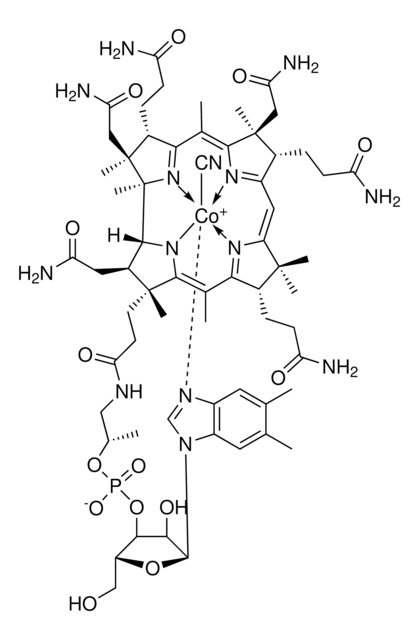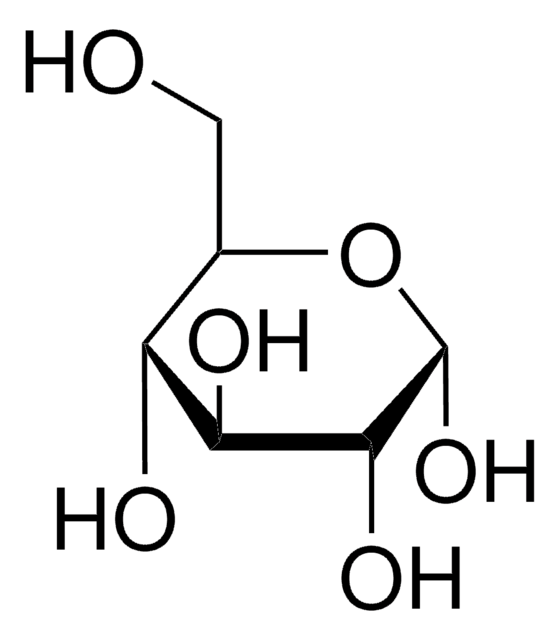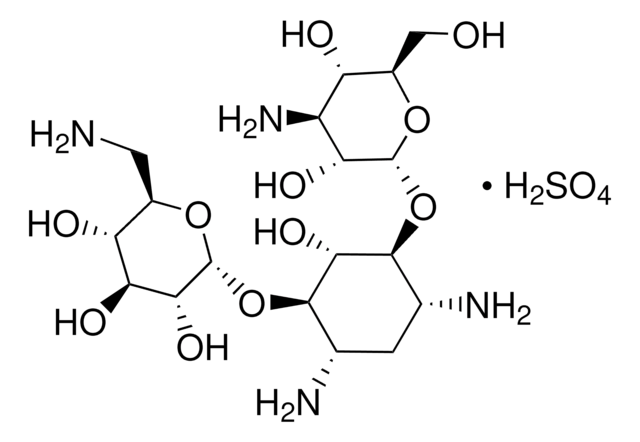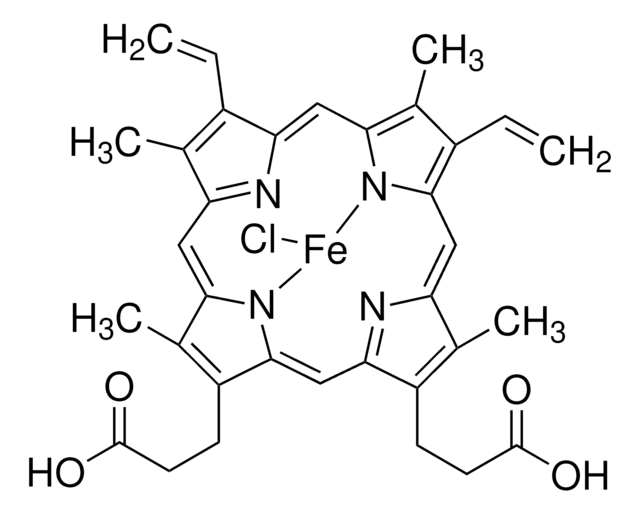B8291
BSK-H Medium, Complete
sterile-filtered, with 6% rabbit serum, suitable for Borrelia burgdorferi
Synonym(s):
Barbour-Stoenner-Kelly medium, Borrelia burgdorferi medium
Sign Into View Organizational & Contract Pricing
All Photos(1)
About This Item
UNSPSC Code:
12352207
NACRES:
NA.75
Recommended Products
Quality Level
sterility
sterile-filtered
form
liquid
suitability
suitable for Borrelia burgdorferi
application(s)
food and beverages
components
NaHCO3: 2.068 g/L
phenol red: 0.01997 g/L
glucose: 5.64 g/L (Dextro)
HEPES: 5.64 g/L
shipped in
dry ice
storage temp.
−20°C
Related Categories
Application
Complete BSK-H Medium was used to culture B. burgdorferi to study the pathology of lyme borreliosis. It may be used in serum supplemented formulation for the growth and expansion of the Lyme desease spirochete, Borrelia burgdorferi.
Biochem/physiol Actions
BSK-H medium is a standardized complex medium designed to support the growth of the Lyme disease spirochete, Borrelia burgdorferi. To standardize the procedure for isolating and culturing Lyme disease spirochetes, Pollack, RJ et. al. modified the composition of the medium generally used for this purpose (BSK-II) and developed a system for its distribution. This medium contains no gelatin or agarose, and various components are used in proportions that differ from those in BSK-II. Each of the major proteinacious components was screened by substitution in samples of the complete product. The final medium was evaluated for the capacity to grow related spirochetes including Borrelia burgdorferi N40, Guilford, and JD-1 as well as strains of Borrelia hermsii (HS-1) and of Borrelia coriaceae (CO53). Standardized medium, supplemented with prescreened rabbit serum, facilitates comparison of research results between laboratories and may eventually permit definitive clinical diagnosis of Lyme disease based on demonstration of the pathogen. The standardized medium is designated BSK-H.
Barbour-Stonner-Kelly (BSK) medium is a modified medium for the culture of Borrelia strains that cause lyme borreliosis. BSK medium is a cheaper alternative for the selective culture of B. burgdorferi s.l. strains but not B. afzelii strain.
Barbour-Stonner-Kelly (BSK) medium is a modified medium for the culture of Borrelia strains that cause lyme borreliosis. BSK medium is a cheaper alternative for the selective culture of B. burgdorferi s.l. strains but not B. afzelii strain.
Preparation Note
BSK-H Medium is supplied as a sterile-filtered liquid. After thawing, mix well by inverting the bottle prior to use. If the thawed medium will not be used within a few days it is recommended that the medium be refrozen in working aliquots to avoid repeated free-thaw cycles. Other supplements may be added aseptically as desired. The nature of the supplement may affect storage conditions and shelf-life of the medium.
also commonly purchased with this product
Product No.
Description
Pricing
Storage Class
12 - Non Combustible Liquids
wgk_germany
WGK 3
flash_point_f
Not applicable
flash_point_c
Not applicable
Certificates of Analysis (COA)
Search for Certificates of Analysis (COA) by entering the products Lot/Batch Number. Lot and Batch Numbers can be found on a product’s label following the words ‘Lot’ or ‘Batch’.
Already Own This Product?
Find documentation for the products that you have recently purchased in the Document Library.
Nyles W Charon et al.
Journal of bacteriology, 191(2), 600-607 (2008-11-18)
Electron cryotomography was used to analyze the structure of the Lyme disease spirochete, Borrelia burgdorferi. This methodology offers a new means for studying the native architecture of bacteria by eliminating the chemical fixing, dehydration, and staining steps of conventional electron
Deborah A Grosenbaugh et al.
BMC veterinary research, 14(1), 312-312 (2018-10-18)
Prevention of Lyme disease in dogs in North America depends on effective vaccination against infection by the tick vector-born spirochete Borrelia burgdorferi. Most vaccines effectively prevent spirochete transmission to dogs during tick feeding based on immunization with the outer-surface lipoprotein
Ghiabe H Guibinga et al.
Human vaccines & immunotherapeutics, 16(9), 2114-2122 (2020-08-14)
Lyme disease is the most common vector-borne disease in North America. The etiological agent is the spirochete Borreliella burgdorferi, transmitted to mammalian hosts by the Ixodes tick. In recent years there has been an increase in the number of cases
Melisha R Kenedy et al.
Infection and immunity, 77(7), 2773-2782 (2009-05-20)
Borrelia burgdorferi has developed efficient mechanisms for evading the innate immune response during mammalian infection and has been shown to be resistant to the complement-mediated bactericidal activity of human serum. It is well recognized that B. burgdorferi expresses multiple lipoproteins
Nataliia Rudenko et al.
Journal of clinical microbiology, 46(10), 3540-3543 (2008-07-25)
Molecular analysis of a clinical sample confirmed the presence of Borrelia bissettii DNA in cardiac valve tissue from a patient with endocarditis and aortic valve stenosis. This evidence strongly supports the involvement of B. bissettii in Lyme disease in Europe.
Our team of scientists has experience in all areas of research including Life Science, Material Science, Chemical Synthesis, Chromatography, Analytical and many others.
Contact Technical Service




